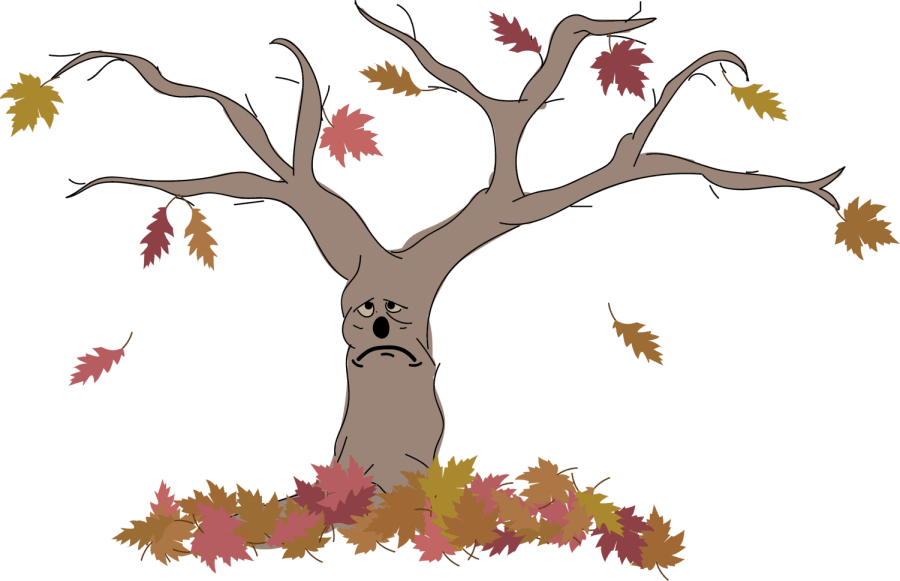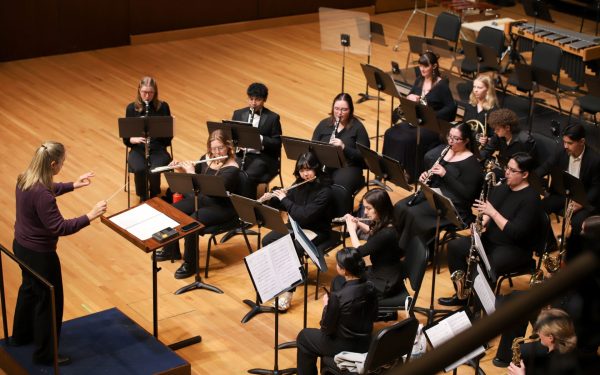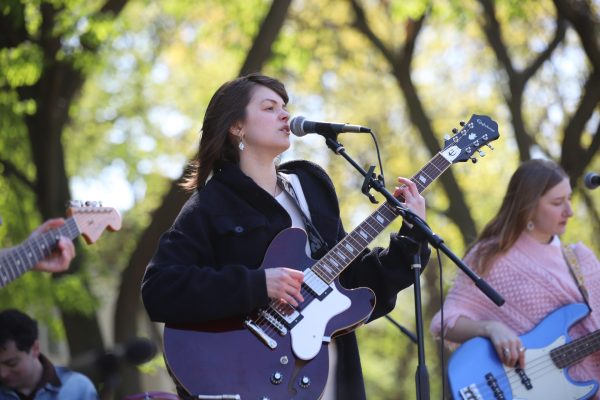Tips to help cope with seasonal depression as weather changes
As the seasons begin to change, many struggle with the effects of seasonal depression. Although the appeal to go outside may be faint, there are small ways to cope with the disorder and limit its effects.
According to the National Institute of Mental Health, seasonal depression, also known as seasonal affective disorder (SAD), is a kind of depression associated with seasonal changes. The term was originally created by Dr. Norman E. Rosenthal and his colleagues in 1984.
The most common experience is during the colder months and typically ends during the spring. The Diagnostic and Statistical Manual of Mental Disorders says that it involves an annual reoccurrence of depressive episodes taking place in this particular timeframe. SAD can occur in people of all ages but is more common in young adults and women.
SAD is caused by the change in seasons, particularly the amount of natural light being received. A lack of sunlight causes a chemical imbalance in the brain, which refers to a lack of serotonin, which regulates mood, and too much melatonin, which regulates sleep. Part of the brain receives signals from the retina cells in the eye. This part of the brain regulates sleep by telling it whether it is day or night. This is how sleeping patterns are affected.
Symptoms of seasonal depression overlap with other types of depression, according to Jennifer Harris, a consulting psychiatrist at DePaul’s University Counseling Services. She thinks of SAD as a mood disorder and says that younger adults who experience SAD have a broader range of symptoms.
Some can include oversleeping, having low energy, weight gain, cravings for food with a lot of carbohydrates and overeating. Other possible symptoms are lack of interest, trouble with concentration and decision-making, and a sense of worthlessness.
Anna Tracy, a communications student at DePaul, said due to the colder weather here in Chicago, she felt her seasonal depression occurring earlier than usual, which is normally around the fall season.
“I don’t feel nearly as motivated to complete projects on time or do them as well,” Tracy said. “I typically am a homebody, but I feel like I fall into a slump where I don’t want to leave my bed or house or take the effort to get ready, do homework, etc.”
SAD affects everyone differently. Each person may have a different experience or a combination of symptoms.
Sudarshan Basappa, a graduate student at DePaul, said he did not start feeling the effects of seasonal depression until he began attending the university.
“Last year, I couldn’t manage my studies very well,” he said. “I don’t talk about this to my friends because I don’t want to get them down.”
It is a normal feeling during this time of year, as the sun fades and the days get shorter, depression creeps up on people more easily. There are a few different ways people can cope with SAD. With limited exposure to the sun, trying to go for long walks in the morning can be helpful, but medication, therapy, and even lightbox therapy, which involves exposure to artificial light, are all ways to help cope with SAD.
Tracy watches Grey’s Anatomy to help with her depression, as well as cuddling her puppy and making sure to acknowledge her own feelings. Basappa utilizes DePaul’s counseling services to help and tried intensive yoga classes.
Harris recommends a few things that students can do to cope with SAD. Sleeping plays a big part in dealing with SAD. Due to limited sun exposure, being outside more is also important. It isn’t as appealing during the cold season, but even on an overcast day, it helps boost serotonin levels.
Since symptoms of SAD and conventional depression overlap, Harris mentions not giving in to withdrawing from people and activities. Spend time with friends and family, get out of the house, exercise or go for a walk. The seasonal nature of SAD means that planning activities ahead of the season can help reduce its impact on everyday life, according to Medical News Today.
This year, shine as much light as you can on SAD and get out from under those covers. Fill your days with love, laughter, activities and some soul-warming food and the “winter blues” won’t stand a chance.







